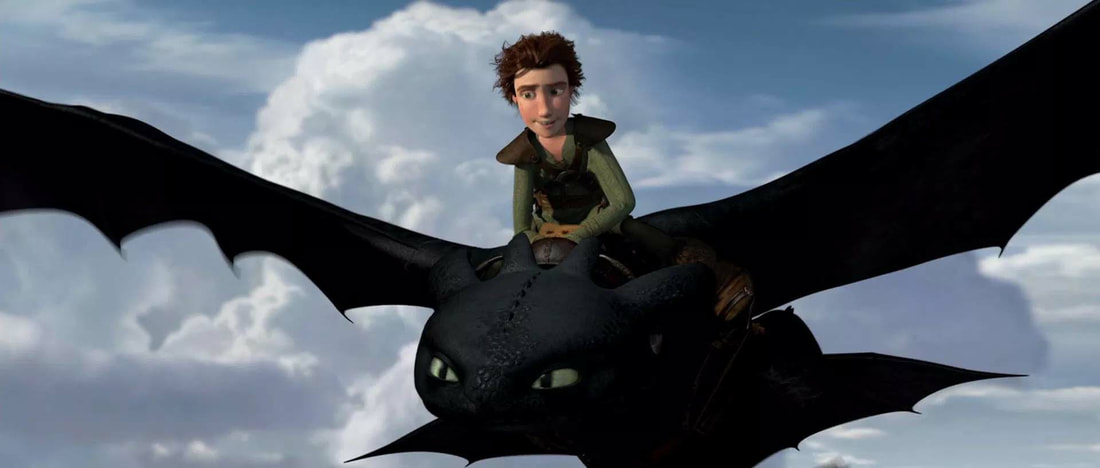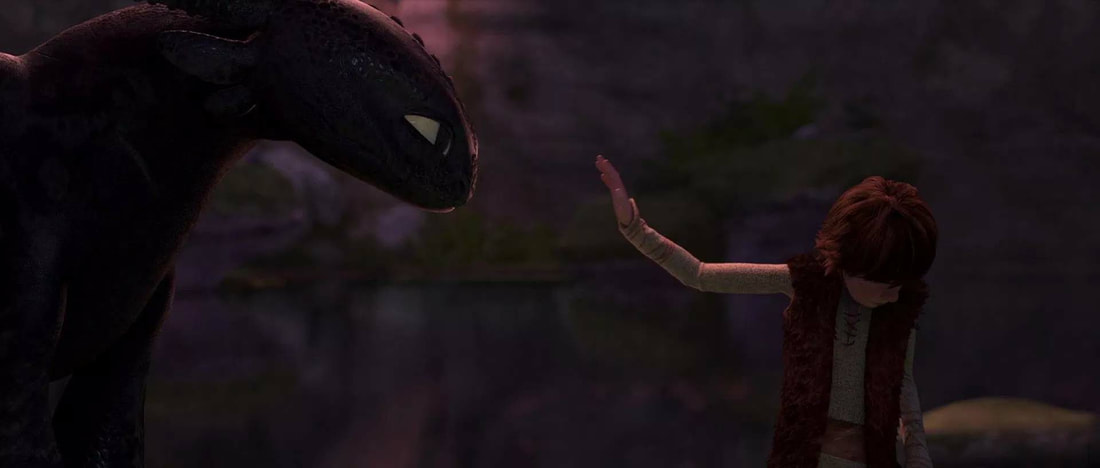|
Many fantasy stories focus on a journey, whether it’s the quest of King Arthur’s knights to find the Holy Grail or the long homeward journey of Odysseus after the Trojan War. Those chosen to come along on such quests are often selected for their loyalty. They believe in the cause. They will try to persevere until the end. These companions are faithful to the quest, but they may have no idea how to reach their destination. Like the crew of a ship, they may not know the exact path to take or which stops to make along the way. They need a captain, a leader, to guide them. But leaders can have different tactics to get the job done. Michael Scott, played by the always hilarious Steve Carell on the show The Office, has a unique perspective. While contemplating how he wants his employees to view him, Michael says, “Would I rather be feared or loved? Easy, both. I want people to be afraid of how much they love me.” The line is a reference to the 16th century political thinker Machiavelli, who came to the conclusion that “it is much safer to be feared than loved.” Rule by fear is self-explanatory. It keeps people in line. It’s practical and efficient. Rule by love, on the other hand, sounds like a contradiction. How does one even do that? 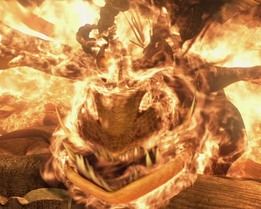
The characters of How to Train Your Dragon have a possible solution. (Spoilers ahead.) The film, loosely based on the book series by Cressida Cowell, follows a boy named Hiccup, a member of a Viking village which gets raided by dragons on a frequent basis. Needless to say, they're not too fond of dragons burning down their homes and stealing their livestock. At first Hiccup is all on board for killing the dragons, until he encounters one face to face. He shoots down a Night Fury, the rarest of all dragons, and finds it trapped and injured. He approaches it with a knife as it lies helpless before him. Killing the beast would make him a hero in his village. But he just can’t bring himself to do it. And so, in a moment of mercy, Hiccup uses his knife to cut away at the dragon’s bonds and give the creature its freedom.
Suddenly the tables have turned. Having been freed from its restraints, the Night Fury is no longer helpless. Instead, Hiccup is the one in danger of losing his life. The dragon springs into action, towering over the boy, its claws around his throat, threatening to slash his neck and devour him whole. Hiccup can do nothing to save himself. But then, mercy shows its face a second time. The dragon relents, sparing Hiccup’s life. The two of them share something special in that moment, a moment of recognition and mutual respect.
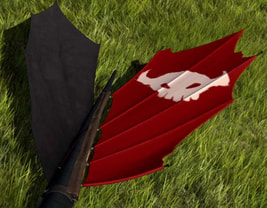
That might have been the end of it. The dragon takes off and disappears. Or at least it tries to. It turns out the Night Fury is permanently damaged after having been shot down. It’s missing half its tailfin and can’t get more than a few feet off the ground before collapsing. Once again, the dragon is helpless. So Hiccup develops a solution. He builds an artificial tailfin which allows the dragon to fly once again, as long as it has a human rider to control the wing in flight. The boy befriends the dragon and names it Toothless, after its ability to retract its teeth. And so, Hiccup becomes the first in his village to ride a dragon. The two of them become inseparable. Eventually his fellow villagers begin to understand that there’s another way to deal with dragons after all.
Dragons are traditionally the enemy in fantasy stories. They are vicious creatures to be met with deadly force. The relationship between humans and dragons is plagued by violence, fear, and rage. It’s in this context that Hiccup and Toothless meet and forge an unlikely and yet unbreakable bond. Both fear the other at first, but slowly learn to trust. Soon Hiccup has his dragon doing barrel rolls through the sky and covering vast distances at top speeds. The dragon seems to have genuine love for its master. 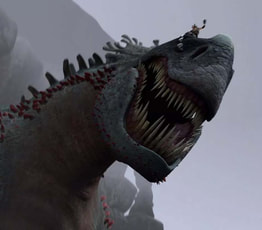
But not every dragon is so receptive. The villain of the film turns down to be a dragon more massive than any other. We learn that it is this beast, known as a Red Death, who has been forcing all the other dragons to raid the Vikings and bring it the spoils. The other dragons live in fear because those who do not bring enough food (ie. sheep) to satisfy the Red Death’s appetite are promptly eaten by the beast. While Hiccup leads his dragon through a bond of love, the Red Death clearly rules its nest by fear and coercion.
We see the contrast between these two types of leaders even more clearly in the sequel. How to Train Your Dragon 2 introduces us to another massive dragon, the Bewilderbeast. This ice dragon reigns benevolently as the Alpha, or ruler, of its dragon nest. Rather than demanding food from its dragons it instead acts as their provider, giving them food from the depths of the sea. But the Alpha is soon challenged and defeated by another Bewilderbeast, this one controlled by the villain Drago Bludvist, whose life mission is to enslave all dragons to fight for him in his dragon army. Drago uses his dragon’s powers to take control of the other dragons’ mind. They are basically hypnotized into joining his ranks. In a heartbreaking moment Drago even takes control of Toothless. The Night Fury forgets his master, Hiccup, and joins the enemy’s side.
Drago and Hiccup have opposite tactics. Perhaps the most iconic moment from the first film is when Hiccup offers an open hand to the dragon Toothless, who responds by nestling its head against it. In direct contrast, when Drago encounters a dragon he expresses his dominance by pressing his foot down on the creature’s head. He uses his dragons like machines, as a means to an end, ruling by fear and manipulation.
Why does Machiavelli favour fear? Perhaps because he asks the wrong question. He wonders whether a leader should desire to be feared or loved. Notice that the focus is entirely on what the leader gets out of it. The people are meant to serve their leader, either out of fear or love. But there’s another way to look at leadership. Hiccup’s father, Stoick the Vast, is chief of the Viking village and his motto is this: “A chief protects his own.” In this case the focus is on what the leader does for the people. Rather than seeking to benefit him/herself, a leader is selfless. A leader serves the people. Here’s the reality. In the context of Machiavelli’s false choice, it doesn’t matter if you choose fear or love. Both involve manipulation. Both are about a leader trying to control people. The motive is to craft the perfect conditions so that the people serve their leader, either out of fear or love. Manipulation and fear go hand in hand. But love? Love via manipulation isn’t genuine love at all. And as Machiavelli recognizes, it simply will not last in the long term. What is genuine is a heart that seeks to benefit others. That’s what Stoick the Vast embodies when he saves his son in the second film in an act of self-sacrifice. It’s what Hiccup demonstrates when he spares the life of Toothless. A leader looks out for the vulnerable, allowing them to take wing and soar through the skies. A leader, above all, is a servant.
Comments
|
David Raphael HilderJoin the conversation as we explore the best there is in fantasy, sci-fi, adventure, and of course, the classics Archives
December 2020
Categories
All
|

